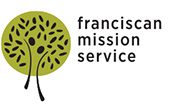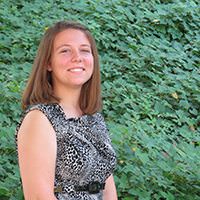The Dump
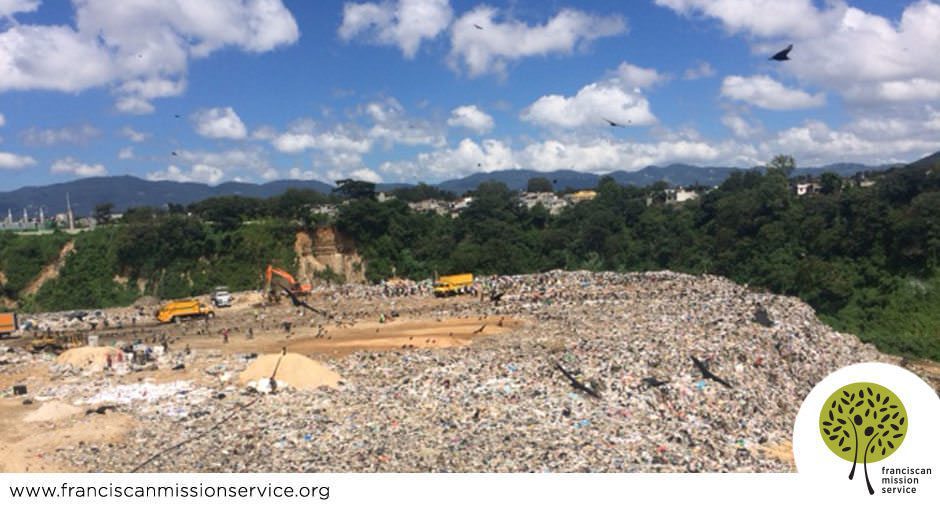
Editor’s note: Missioner Misty Menis-Kyler shares a glimpse of Guatemala City’s dump and the people who live and work there.
Last month I had the privilege of taking the Holy Spirit mission group from Texas to a site off campus called the dump. It is exactly what it sounds like. It is the dump where all of Guatemala City’s trash goes, just like you would find back in the States—what we call landfills except there is one major difference. The dump here in Guatemala has about 900 families living and working in it. There are some families who are living in the dump itself, but most of them live a few blocks from the dump. There is a gate with a guard and only those who have a specific badge can get in to work in the area.
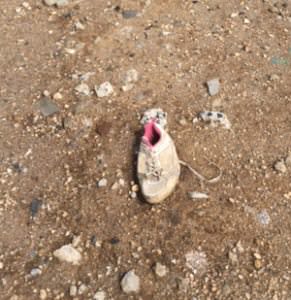 The people know what trucks come from what zones and which are the wealthier zones. They then claim what trucks they want by putting their hands on it and begin to follow that truck as it dumps the garbage. They pick up whatever they think will get a good price to either sell it, or use it for their families. Many get their food from the dumps as well. They make only $2.50 to $3.00 a day and may have four to eight kids to feed as well as themselves.
The people know what trucks come from what zones and which are the wealthier zones. They then claim what trucks they want by putting their hands on it and begin to follow that truck as it dumps the garbage. They pick up whatever they think will get a good price to either sell it, or use it for their families. Many get their food from the dumps as well. They make only $2.50 to $3.00 a day and may have four to eight kids to feed as well as themselves.
Juan Carlos,whom we met when we visited the dump and who works with ex-gang members, started a school in Zone 3 of Guatemala City called Guatemaltecos Extraordinarios (Extraordinary Guatemalans). He told us that if a child gets expelled from a public school more than twice they are no longer be allowed to attend public schools. Because of this, most of these children take to the streets and become addicts and/or join gangs. The cemetery has become a “park” for some children. They steal bodies and do Satanic rituals.
The staff from Guatemaltecos Extraordinarios go out and try to build relationships with these children and attempt to recruit them into the school. Once recruited, they provide the children with education, counseling, and love. It gives the children of the dump a chance at a better life. The children go to school in the morning and help their families in the dump in the afternoon. Carlos also started a daycare center for the families of toddlers and infants so the parents could make sure their children are safe while they worked in the dump.
Most of the children have never seen a doctor so they suffer from skin and eye diseases. Still when I went to the daycare the children were so excited. They did not hesitate to grab me by the hand and pull me right in. In fact, I was basically shoved into the playhouse they had set up in the back. The yard was small but full of laughing children.
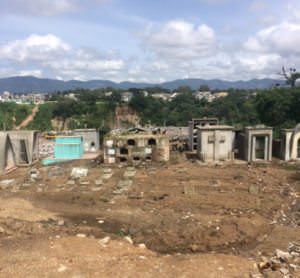 On my second visit I barely got into the door again and found myself with two girls in my arms. They crave love and affection and would hug and grab me. Even though I struggle speaking the language, it never fails to amaze me how much I can still communicate with them through hugs and smiles. It was a day I will remember for the rest of my life. I look forward to returning to the school and daycare when I can to visit and help out.
On my second visit I barely got into the door again and found myself with two girls in my arms. They crave love and affection and would hug and grab me. Even though I struggle speaking the language, it never fails to amaze me how much I can still communicate with them through hugs and smiles. It was a day I will remember for the rest of my life. I look forward to returning to the school and daycare when I can to visit and help out.
I feel I can learn so much from those who have so little, especially about simple living and finding the joy in having just enough. You need food, water, and a joy filled heart if you are going to survive this world, and the people of Guatemala are teaching me and showing me just how strong their joy for life really is. They are not people who need or want to be pitied. They are strong, resilient people and this is their world. It’s all they have ever known. I felt helpless looking at them and wondering what can I possibly do to help. Just like Mother Teresa said: “One person at a time.”
Reflection question: Who do the people of the dump represent in the US?
Tagged in:
